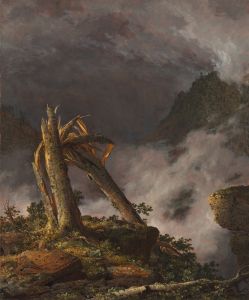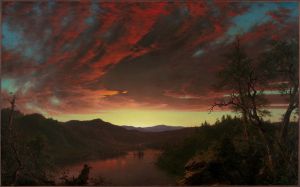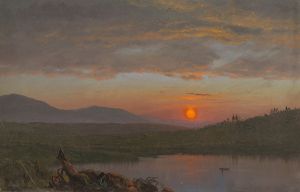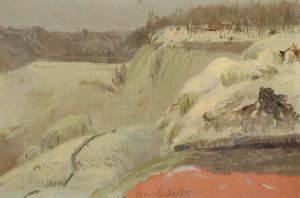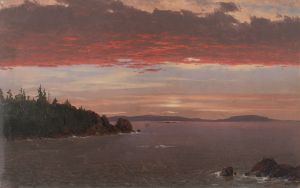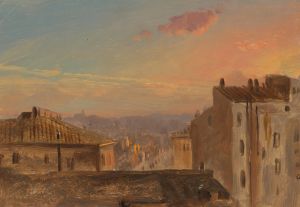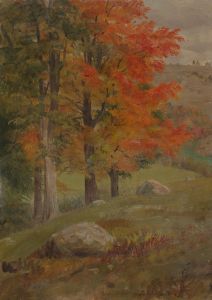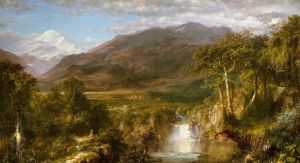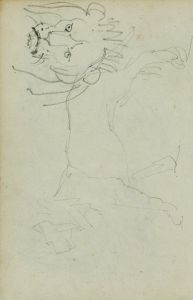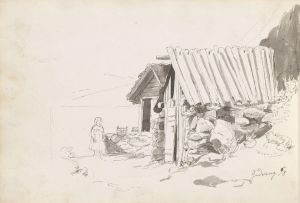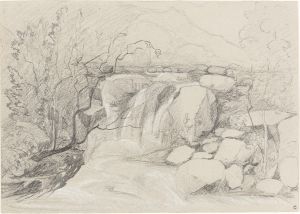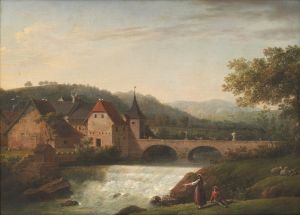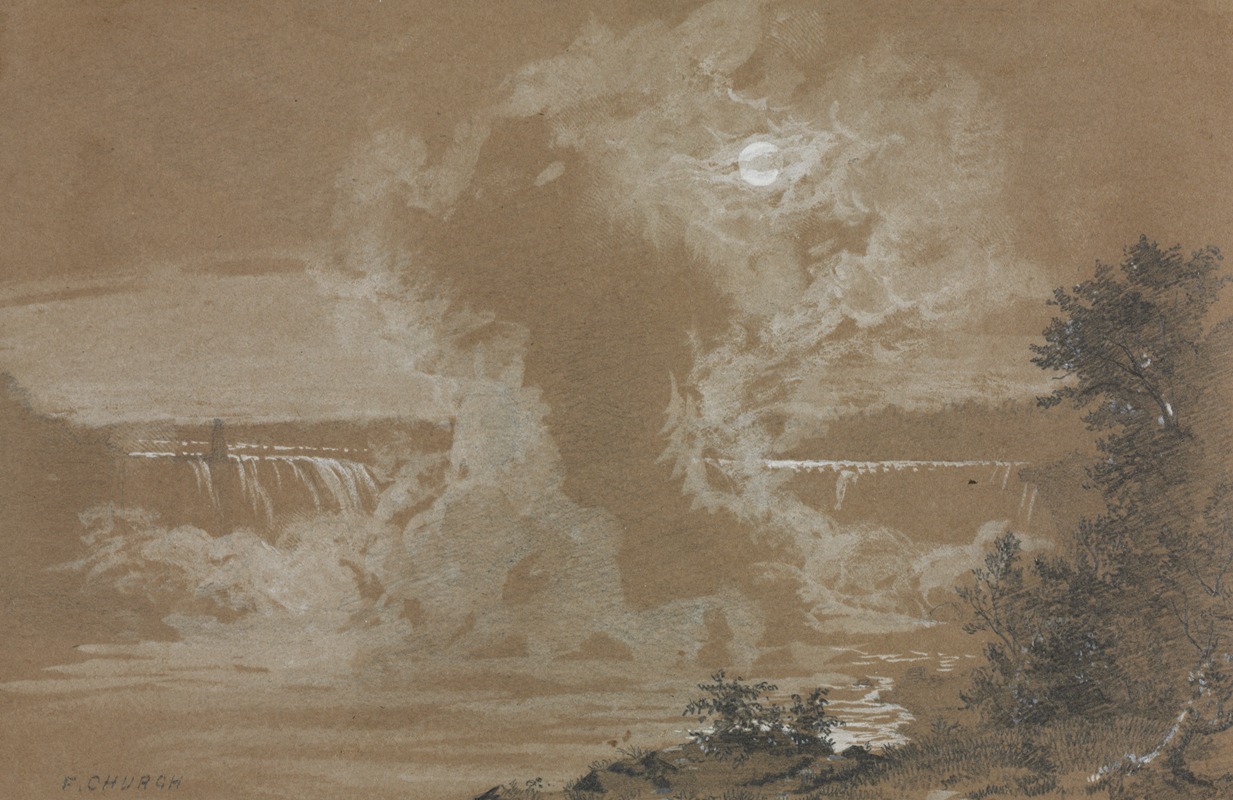
Niagara Falls by Moonlight
A hand-painted replica of Frederic Edwin Church’s masterpiece Niagara Falls by Moonlight, meticulously crafted by professional artists to capture the true essence of the original. Each piece is created with museum-quality canvas and rare mineral pigments, carefully painted by experienced artists with delicate brushstrokes and rich, layered colors to perfectly recreate the texture of the original artwork. Unlike machine-printed reproductions, this hand-painted version brings the painting to life, infused with the artist’s emotions and skill in every stroke. Whether for personal collection or home decoration, it instantly elevates the artistic atmosphere of any space.
"Niagara Falls by Moonlight" is a painting by the American artist Frederic Edwin Church, completed in 1868. Church was a central figure in the Hudson River School, a mid-19th century American art movement characterized by its realistic and detailed portrayal of American landscapes, often imbued with romanticism and a sense of the sublime.
Frederic Edwin Church was born on May 4, 1826, in Hartford, Connecticut. He studied under Thomas Cole, the founder of the Hudson River School, and quickly became known for his large-scale landscapes that captured the grandeur and beauty of the American wilderness. Church's works often depicted dramatic natural scenes, and he was particularly fascinated by the power and majesty of waterfalls.
"Niagara Falls by Moonlight" is one of Church's most celebrated works, showcasing his skill in capturing the interplay of light and water. The painting depicts the iconic Niagara Falls under the ethereal glow of moonlight. Church's meticulous attention to detail is evident in the way he renders the cascading water, the mist rising from the falls, and the subtle reflections of moonlight on the water's surface. The painting captures the awe-inspiring power of the falls while also conveying a sense of tranquility and mystery.
Church's decision to paint Niagara Falls was influenced by the site's status as a symbol of natural beauty and power in the United States. Niagara Falls had long been a popular subject for artists and tourists alike, and Church's rendition stands out for its dramatic use of light and shadow. The moonlit scene adds an element of romanticism and otherworldliness, setting it apart from the more common daylight depictions of the falls.
The painting was created during a period when Church was at the height of his artistic career. By the time he painted "Niagara Falls by Moonlight," Church had already achieved significant success and recognition. His earlier works, such as "The Heart of the Andes" (1859) and "The Icebergs" (1861), had established him as one of America's leading landscape painters.
"Niagara Falls by Moonlight" was well-received by contemporary audiences and critics. It was praised for its technical mastery and its ability to evoke the sublime beauty of the natural world. The painting remains an important example of Church's work and a testament to his ability to capture the majesty of America's landscapes.
Today, "Niagara Falls by Moonlight" is part of the collection at the Corcoran Gallery of Art in Washington, D.C. The painting continues to be admired for its artistic excellence and its evocative portrayal of one of America's most famous natural landmarks. Frederic Edwin Church's legacy as a master of landscape painting endures, and "Niagara Falls by Moonlight" remains a significant work within his oeuvre.





